Forgive the scattered nature of this week’s Actuator. No big, overarching monologs this week — just a handful of things I’ve been thinking about lately that I’d like to get down on paper. I suppose that’s one of the perks of doing a weekly newsletter— it forces you to flesh out some bigger ideas.
Point number one is failure. Ingrained in the American psyche (as I’m sure is the case with many other cultures around the world) is an inability to reckon with our mistakes. They fill us with a sense of shame that we weren’t perfect the first time around. Our impulse (depending on how your brain is wired) is to either stew in them to an unhealthy level (hi, it’s me) or pretend they never happened.
I think there’s something inherent in the sense of rugged American individualism that doesn’t allow us to accept our own mistakes. Mistakes are weaknesses, character flaws. Mistakes mean we’re less than or bad people. A country that prides itself on the notion of a self-made person above all has difficulty reconciling mistakes as part of that narrative.
I loved this thread from Dusty co-founder/CEO Tessa Lau late last year about the hardness of hardware. It concludes with, “When you realize that there are hundreds of components in the simplest robot, and each one can have unpredictable failure modes like this one … that’s why hardware is hard” and then the request link to their job board. “If this sounds like fun, we’re hiring!”
The thing I appreciated most about the Tesla Optimus demo was the — perhaps unintended — consequence of showing the world just how long and difficult the road to the product is. And that assumes that they’ll ever actually get there.
I recently cited the “bloopers” video that Boston Dynamics put out last year as a good example of a thing more robotics companies can/should do. Those well-choreographed viral videos only tell a fraction of the story. I’m putting out an open call for companies to be more transparent about the bumps along the road. These videos should be regarded as points of pride. They help demonstrate how much work goes into making things work.
The folks at Kiwibot were the first to respond. Here’s a clip of their testing:
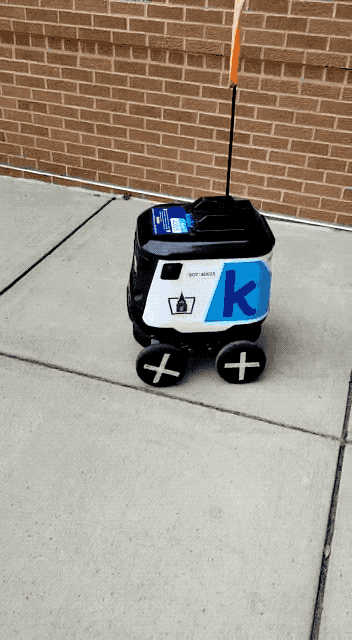
Image Credits: Kiwibot
Consider this an ongoing invitation. Send me your videos and stories. Pull back the curtain a bit. Remove a little bit of that mystique. Let’s see those mistakes.
Point number two is an observation. I’m not sure how much of a role the aforementioned Optimus demo has played in this, but suddenly humanoid robots are in the air. I get the sense that Tesla announcing its intentions has either (a) forced a lot of people’s hands or (b) provided the opportunity for them to tell us why their solutions are better.
It’s clear a lot of folks have been working on this stuff for a long time — many in stealth. I’ve recently been getting wind of a number of companies operating in the space. No one has sold me on the idea of a general-purpose humanoid just yet. That is to say, I’m all for it if it works, obviously, but I’ve yet to see truly compelling evidence that it will.
Point three is agtech and construction. That’s where I’d been putting my VC bucks following the explosion of warehouse/fulfillment tech. These are two gigantic industries that are essential to human life. They’re also having increasing difficulty staffing. In the same way that the smartphone race afforded us so many of the components driving modern robotics, the push for autonomous driving has primed these categories. And, of course, structured spaces are far easier to operate in than roads.
Point four is jobs. Now, granted, this is a point we discuss all the time on these pages, but a nice thing happened on Tuesday. That morning, I put out a call on LinkedIn for robotics companies that are looking to hire. I was flooded. In a good way. I posted the story in a few hours and continued to update it for the remainer of the day. I finally had to close it the following morning, lest I risk becoming a full-time job board operator. If your company didn’t make it, don’t worry. I’ll do it again at some point.
To me, the very clear message here is that robotics companies are, indeed, hiring. Quoting myself (sorry):
Now some good news: Companies are hiring. As an industry, robotics is somewhat uniquely positioned here, given the growth it saw during the pandemic. It’s true that some big companies (Alphabet, Amazon) have slowed robotics investments. It’s also true that we’re going to see more companies get acquired or wind down.
But a lot of money was infused into automation, providing runways that will help many get out on the other side in one piece. If anything, a lot of this bad news will only serve to bolster the industry. Certainly, labor issues aren’t going away any time soon, nor is the drive to increasingly automate fields like fulfillment, construction, healthcare and agriculture, among others.
Here is a list of 45 companies that are hiring:
Addverb (6 roles)
Aescape (21 roles)
Alert Innovation (14 roles)
ANYbotics (6 roles)
AWL Automation (3 roles)
Automated Architecture (4 roles)
Bear Flag Robotics (6 roles)
Boston Dynamics (45 roles)
Boston Dynamics AI Institute (11 roles)
Brooks Automation (50 roles)
Chef Robotics (13 roles)
Clearpath Robotics (3 roles)
Cobalt Robotics (3 roles)
Dexory (5 roles)
Diligent Robotics (9 roles)
Figure (15 roles)
GrayMatter Robotics (9 roles)
Honest AgTech (10 roles)
Impossible Metals (2 roles)
ISEE AI (20 roles)
Kewazo (10 roles)
Kiwibot (30 roles)
Kodiak Robotics (20 roles)
Machina Labs (18 roles)
Mighty Fly (2 roles)
Miso (9 roles)
Monarch Tractors (15 roles)
Nidec Motor Corporation (3 roles)
Mujin Robotics (108 roles)
OTTO Motors (18 roles)
Path Robotics (3 open roles)
Rapid Robotics (6 roles)
Righthand Robotics (7 roles)
Rigorous Technology (3 roles)
Robco (10 roles)
Sanctuary AI (18 roles)
Scythe Robotics (10 roles)
Symbotic (93 roles)
Telos Health (10 roles)
Toyota Research Institute (2 roles)
Urban Machine (5 roles)
Verdant Robotics (7 roles)
Viam Robotics (10 roles)
Whisker (10 roles)
Zipline (50 roles)
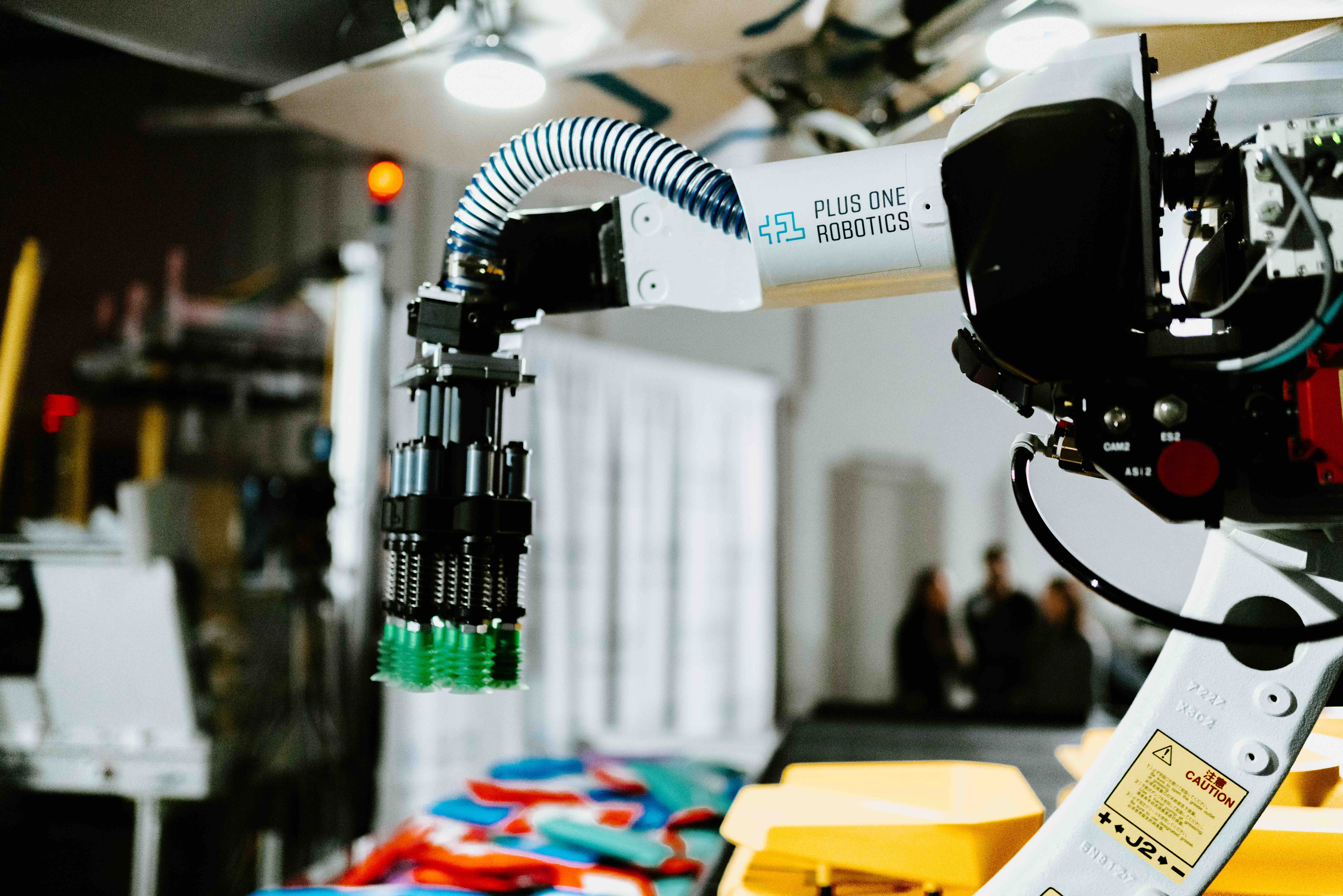
Image Credits: Plus One Robotics
This week we had the scoop on a $50 million raise from Plus One Robotics. The Series C brings the San Antonio startup’s total funding up to $94 million to date. “The world needs what we do, and our financial performance supported that premise,” CEO Erik Nieves told me. “Once Scale Ventures leaned in, the round came together quickly and we closed in six weeks from term sheet to wires.”
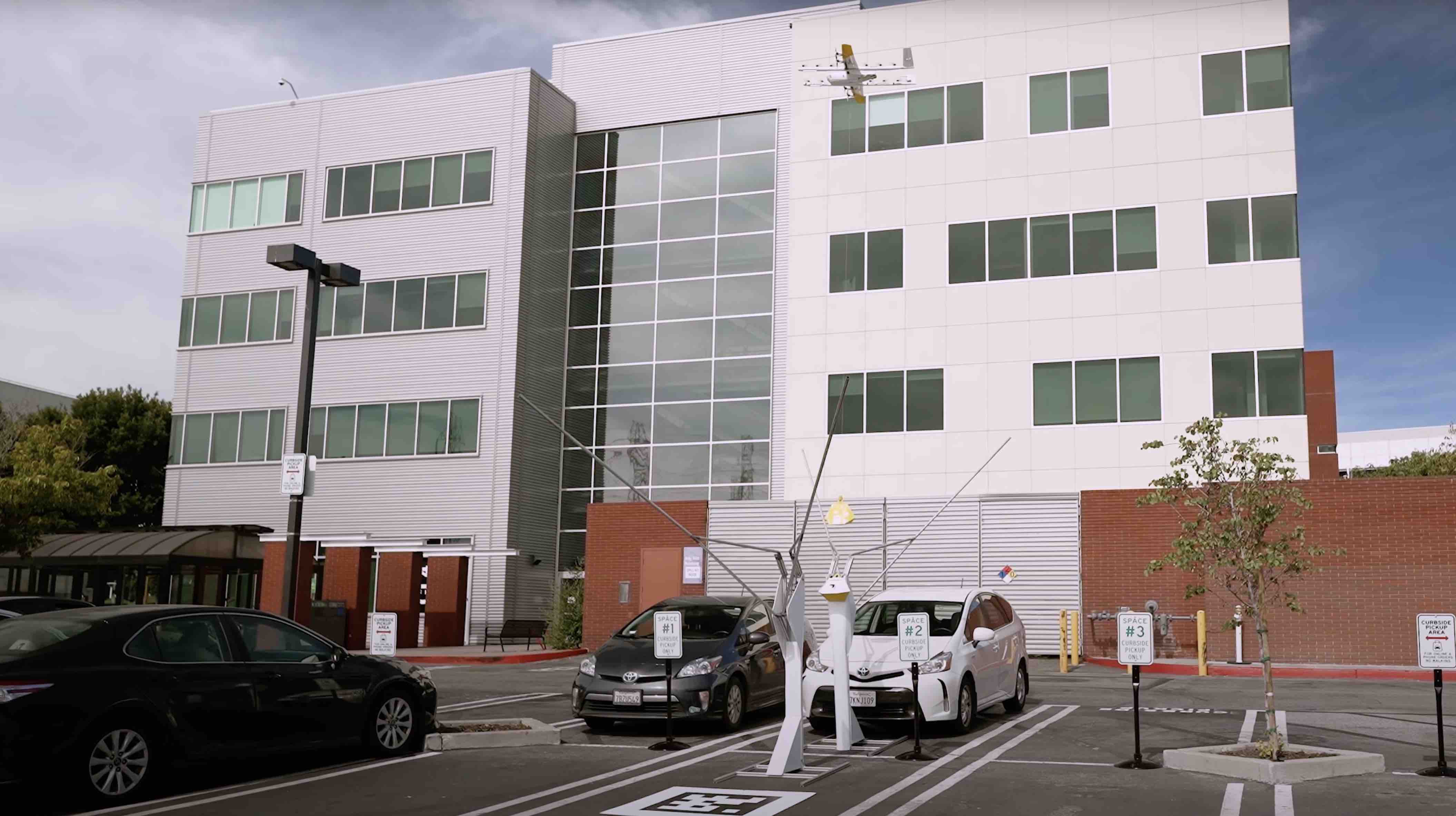
Image Credits: Wing
This week, Alphabet X graduate Wing highlighted plans to build a drone “Delivery Network.” The company likened the idea to car-sharing services like Uber and Lyft in the way it determines drone delivery paths based on their vicinity. Says CEO Adam Woodworth:
Up to this point, the industry has been fixated on drones themselves — designing, testing, and iterating on aircraft, rather than finding the best way to harness an entire fleet for efficient delivery. Wing’s approach to delivery is different. We see drone delivery at scale looking more like an efficient data network than a traditional transportation system. As with many other areas of technology, from data centers to smartphones, the physical hardware is only as useful as the software and logistics networks that make it meaningful for organizations and their customers.
Boston-based SparkAI has been acquired by John Deere, as the farm equipment giant continues to build a massive agtech robotics portfolio. The startup’s founder and CEO Michael Kohen confirmed the news in a LinkedIn post this week, noting the longstanding collaboration between the two. Kohen adds:
Nowhere is this more critical than on the farm, where the pressures of climate change and increasing population demand that growers produce more with less. And nowhere is this more deeply felt than at Deere, where the call for solutions is being responded to in force by the transformation of a generational company into the epicenter of the AI & robotics revolution. We are inspired by Deere’s mission, the scale of its ambition, and the magnitude of its potential to impact billions.
A spokesperson for John Deere tells TechCrunch,
The SparkAI team will integrate into John Deere’s Blue River Technology organization. SparkAI will continue to collaborate with Blue River Technology to innovate and bring new features to this capability.
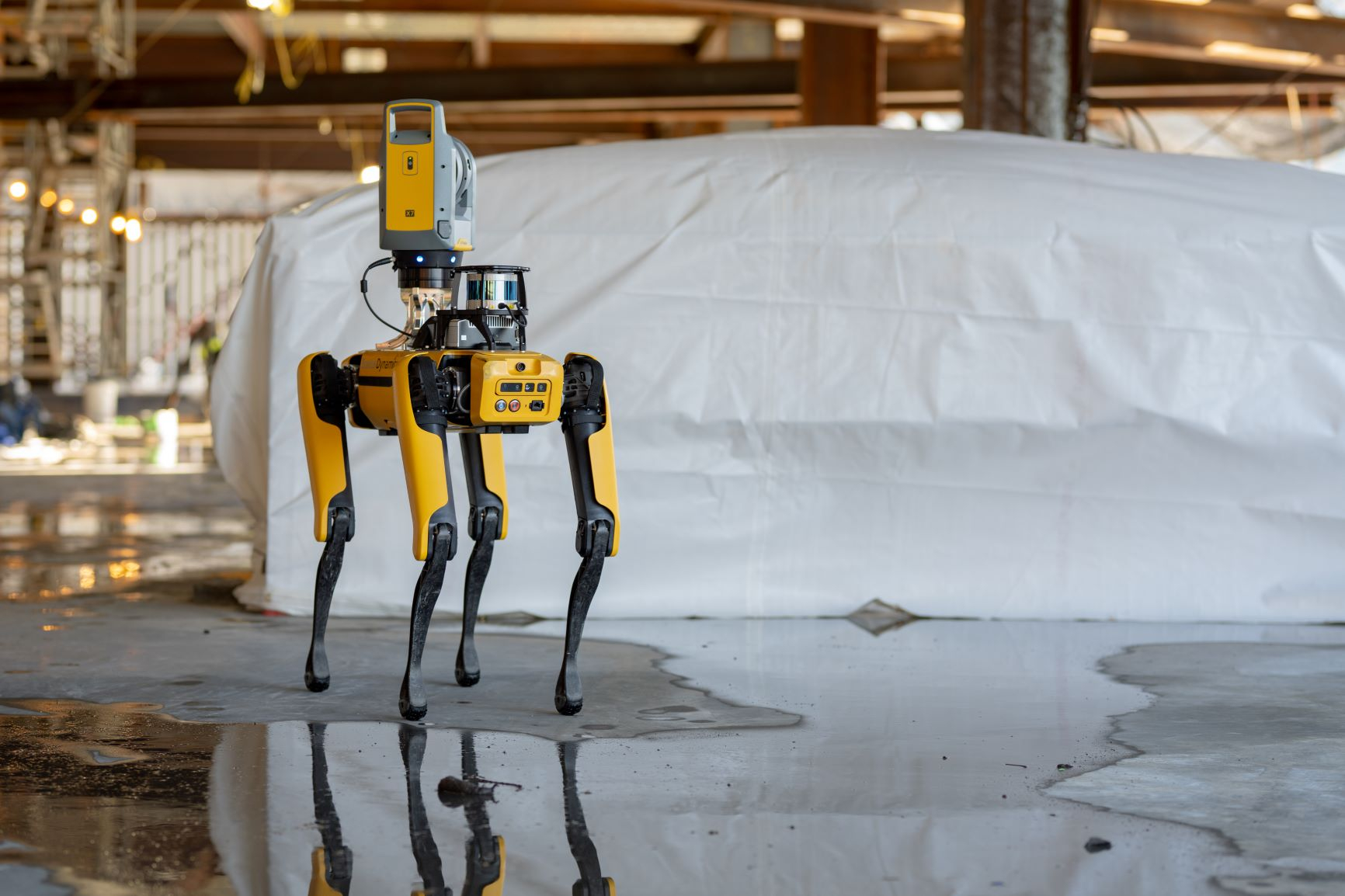
Image Credits: Boston Dynamics
Following clashes between city councils and citizens up north in San Francisco and Oakland, Los Angeles is facing its own questions around police robots. These haven’t quite graduated to the killer robot level, but enough residents are concerned about the LAPD’s potential adoption of a Boston Dynamics Spot that the city council has decided to delay the vote by two months.
Critics are concerned about the potential impact to underserved communities. “This is a product, and products will meet the needs of desires in the future,” Councilmember Eunisses Hernandez said during the hearing. “Why does our Police Department need a piece of equipment that can even have those capabilities in the future? We know that our Black, brown, immigrant communities and our less resourced communities are so often the places where these new technologies are deployed.”
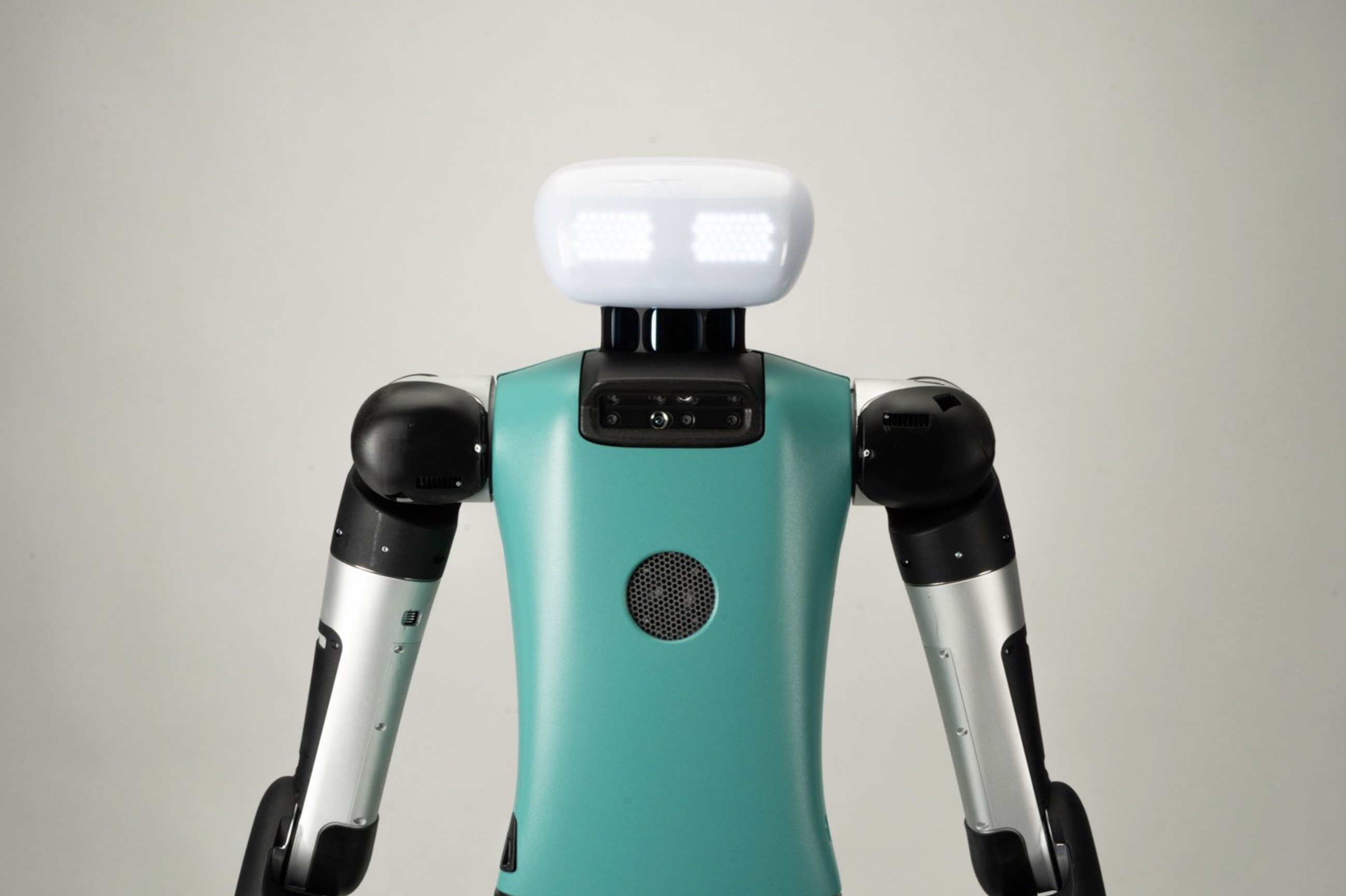
Image Credits: Agility Robotics
Oh, and here’s a sneak peak of the Digit head that Agility teased at last year’s TechCrunch Robotics event. The company has promised a better look at ProMat later this month.

Image Credits: Bryce Durbin/TechCrunch
Want Actuator in your inbox? Subscribe here.
